Magazine’s latest cover featuring Kim Kardashian alongside various Tesla wares. Kim on a Cybertruck, Kim in the embrace of a Tesla Optimus robot, hyper-polished, eerily soulless images of two massive brands… seemingly devoid of deeper meaning… except it wasn’t. It felt like a perfect distillation of a troubling ideology: the fusion of fashion, technology, and authoritarian aesthetics, all in service of power.
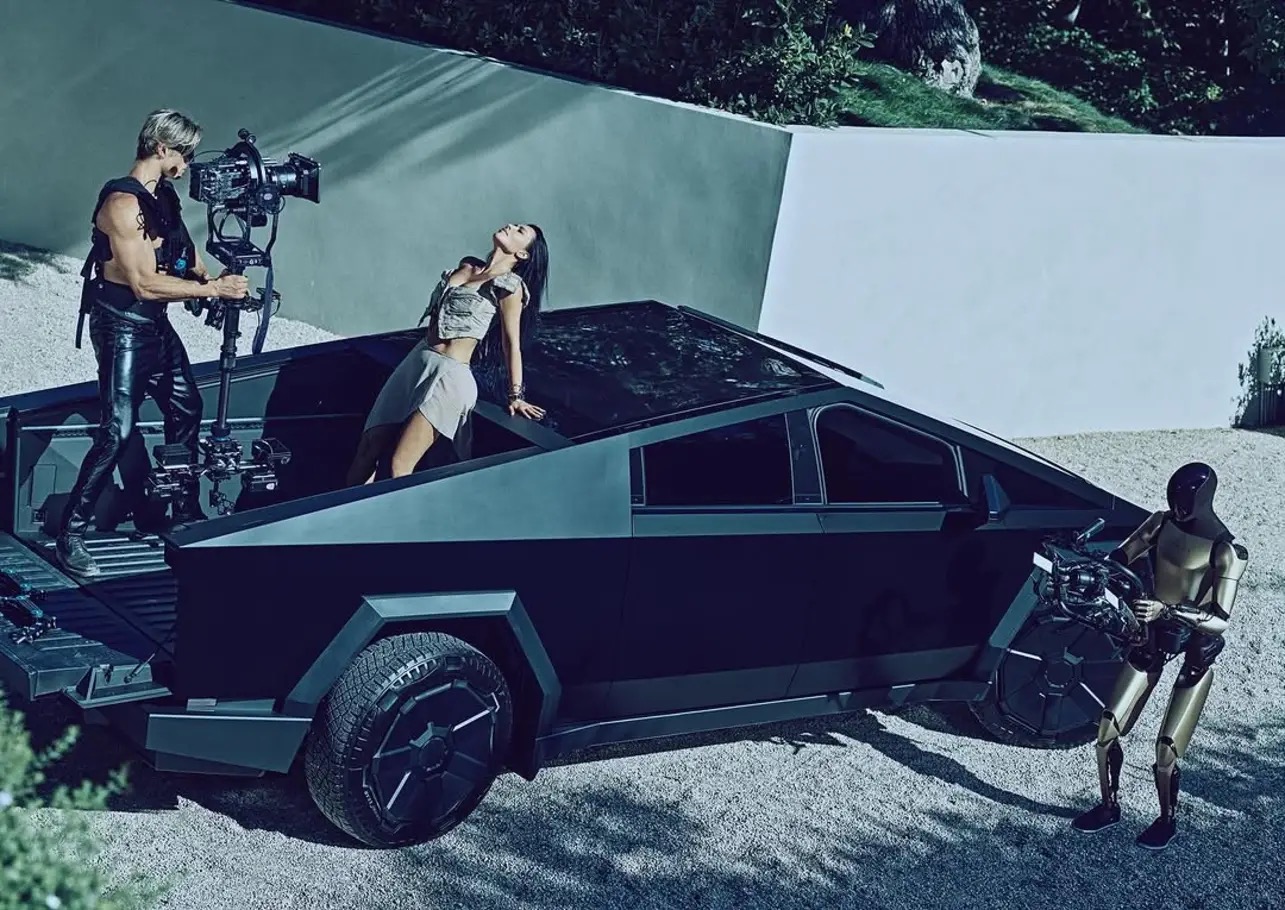
So, I criticized the shoot; it went viral. Some people got it. Others didn’t, insisting it was “just a magazine,” that fashion “isn’t political.” ### But fashion has always been political, and more importantly, it has always had a little bit of a Nazi problem. This isn’t just about the Perfect Magazine cover, Elon Musk, or Kim Kardashian; it’s about how fashion has historically aligned itself with authoritarianism, and how we’re watching it unfold again today.
Fashion’s entanglement with fascism isn’t just a one off chapter in history, it’s foundational to how the industry operates. Nazi Germany understood that power isn’t just about military force but about aesthetics and uniformity. Hitler’s regime meticulously crafted an image of strength and modernity, hiring designers to create some of the most ( unfortunately ) visually striking propaganda of the 20th century. The clean lines, brutal efficiency, and cold futurism of Nazi visual culture became a blueprint for authoritarian aesthetics in the modern age when the war ended.
The industry itself was complicit. Hugo Boss manufactured SS uniforms using forced labor from concentration camps. Coco Chanel, now lauded as a feminist icon, was a Nazi informant and anti-Semitic opportunist who used the war to try and steal her company back from its Jewish co-owners. Christian Dior’s postwar success was built in the ruins of Jewish couturiers who were either exiled or erased.
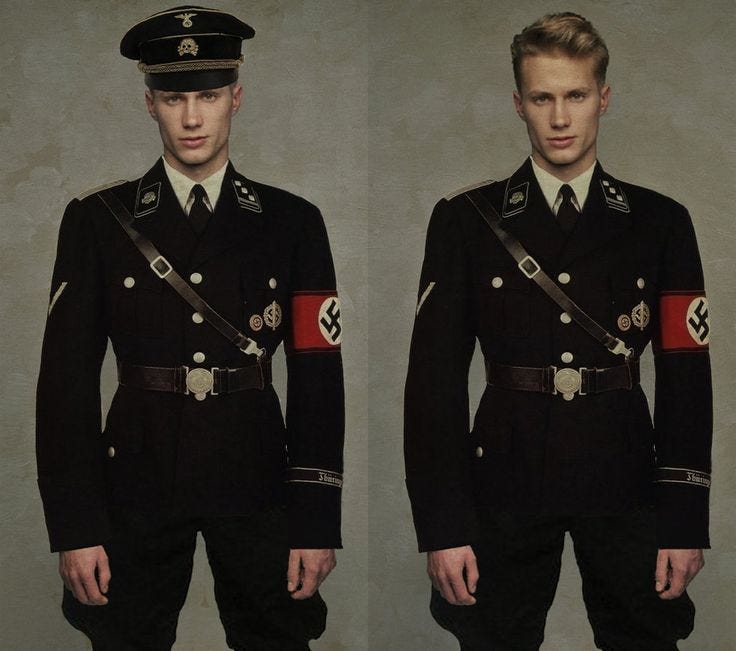 Hugo Boss Designed Nazi Uniforms
Hugo Boss Designed Nazi Uniforms
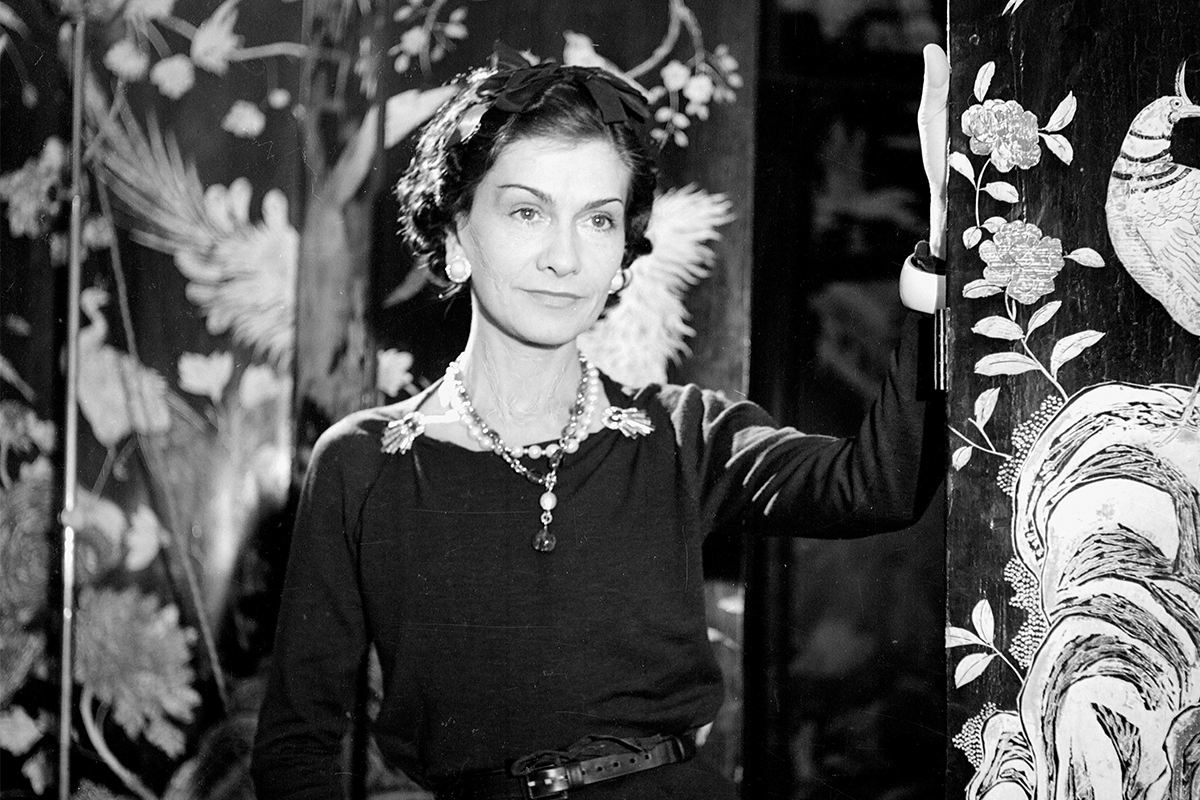 *Coco Chanel
*
But it wasn’t just Germany. In 1930s Italy, Benito Mussolini’s government exerted control over the fashion industry, establishing the Ente Nazionale della Moda (ENM) in 1935 to coordinate fashion production and promote a distinct Italian style. A tool of nationalist propaganda, the ENM ensured that Italian fashion aligned with fascist ideals. The organization also aimed to eliminate foreign influence (especially French fashion), elevate Italian designers, and reinforce a vision of Italy as a self-sufficient, culturally superior state.
*Coco Chanel
*
But it wasn’t just Germany. In 1930s Italy, Benito Mussolini’s government exerted control over the fashion industry, establishing the Ente Nazionale della Moda (ENM) in 1935 to coordinate fashion production and promote a distinct Italian style. A tool of nationalist propaganda, the ENM ensured that Italian fashion aligned with fascist ideals. The organization also aimed to eliminate foreign influence (especially French fashion), elevate Italian designers, and reinforce a vision of Italy as a self-sufficient, culturally superior state.
 Benito Mussolini
Benito Mussolini
Mussolini understood fashion’s role in shaping national identity. The Italian government dictated styles that embodied the fascist ideal, structured, powerful, yet unmistakably Italian. Women were expected to dress modestly, reflecting their domestic role in Mussolini’s rigid societal order, while men’s fashion leaned into militaristic tailoring, reinforcing ideals of strength and discipline. Fashion magazines under fascist control encouraged women to embrace an elegant but restrained femininity, one that placed the state above personal expression.
Even luxury brands played along. Salvatore Ferragamo, for example, outfitted the feet of everyone from Hitler’s wife, Eva Braun, who came to his shop flanked by Nazi guards, and Benito Mussolini.
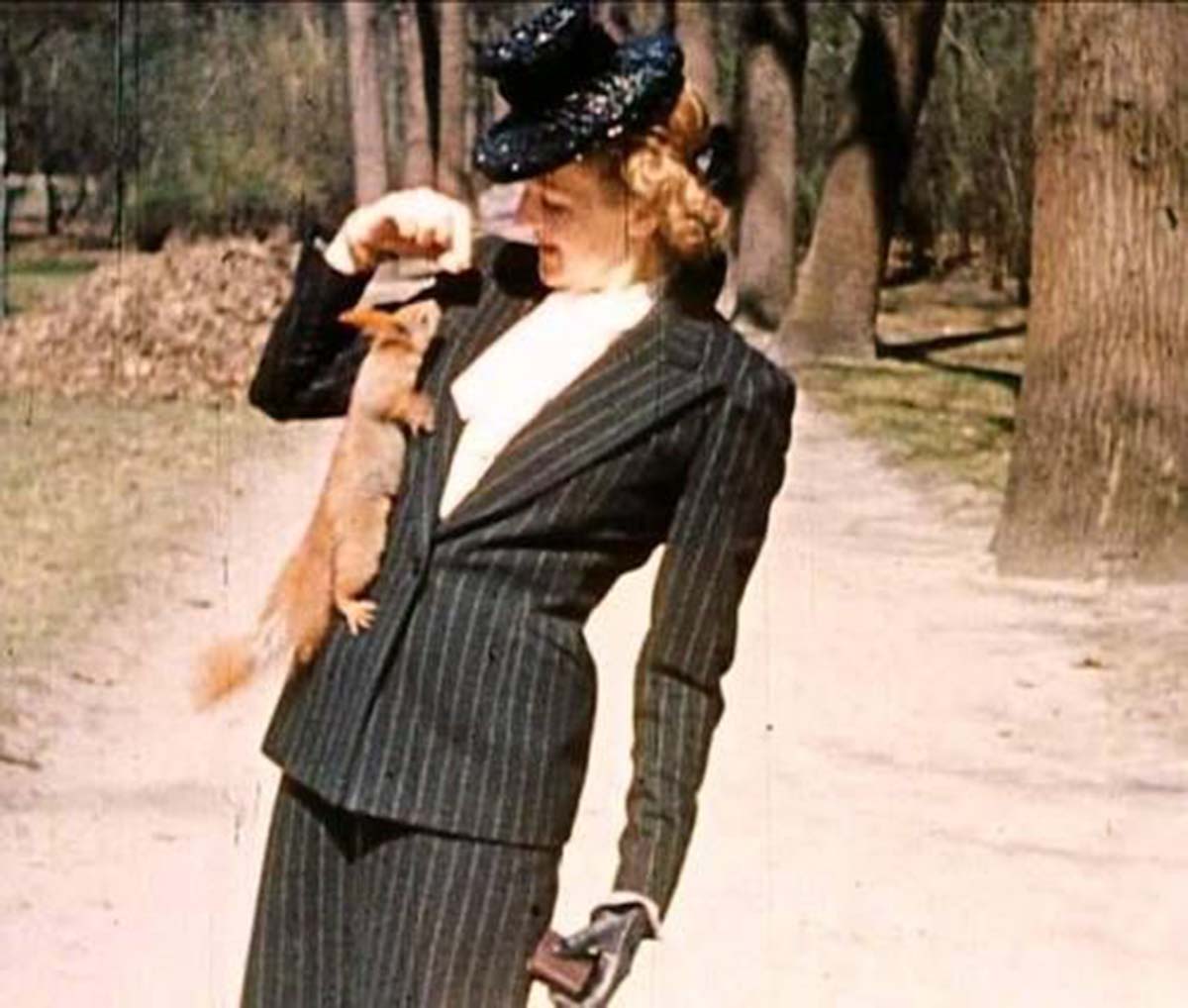 Eva Braun
Eva Braun
These are not just footnotes, they are foundational to how fashion rebuilt itself in the 20th century.
Back to modern day and fashion’s flirtation with authoritarianism hasn’t vanished, it’s just evolved. Elon Musk has turned X (formerly Twitter) into a breeding ground for far-right extremism and amplifies white nationalist rhetoric under the guise of “free speech.” He treats governance like a personal game, systematically dismantling institutions, gutting regulatory oversight, and positioning himself as the ultimate arbiter of truth.
Tesla’s branding borrows from fascist futurism: sleek, cold, obsessed with efficiency at all costs. The Perfect cover is an extension of this, fashion as a sterile, dehumanized dystopia where power is the only currency. The visual language of Musk’s empire, militaristic minimalism and brutalism repackaged as luxury, is absolutely not new. It’s a direct descendant of the aesthetics that defined fascist regimes.
The Perfect cover wasn’t just a poorly thought out fashion moment, it was very much a signal of where the industry’s elite allegiances are shifting. The same industry that once dressed SS officers is now platforming tech billionaires who want to dismantle democracy and replace it with corporate autocracies.
And let’s talk about who’s making these decisions. Perfect Magazine is run by Katie Grand, a white woman who has spent decades curating fashion’s biggest moments and styling some of the most influential shoots that shaped public perception. And now, she’s using that power to platform a billionaire who is gutting democracy, stripping labor rights, and amplifying the far right. There’s something eerily familiar about a white woman aligning herself with fascist-adjacent forces.
We like to tell ourselves that fascism is a hyper-masculine ideology, that it’s all angry men in uniforms shouting into microphones. But history tells a different story. Women have always played a crucial role in legitimizing and normalizing authoritarian regimes and fashion has been one of their sharpest tools.
During the Nazi era, women’s magazines helped push fascist beauty ideals, encouraging women to embody “Aryan femininity” while also supporting the regime in domestic and social roles. The wives of high ranking Nazi officials threw extravagant parties in couture while their husbands orchestrated genocide. Even in fascist Italy, designers like Elsa Schiaparelli played with military aesthetics, blending them elegantly into high fashion.

And now, we have Katie Grand curating a new kind of fascist aesthetic with a cover that frames an authoritarian billionaire like Elon Musk as the future. Just like women in the past championed beauty under fascism, Grand is dressing up modern authoritarianism and making it look desirable.
Musk isn’t the only one using fashion as a tool for authoritarian branding. His buddy Donald Trump understands the powers of aesthetics. MAGA culture thrives on uniformity and branding, from the red hats to the oversized suits that became a blueprint for power dressing in certain right-wing circles. Trump’s aesthetics, big, loud, excessive, and room dominating are the visual antithesis of Musk’s sterile futurism, but they serve the same purpose: reinforcing hierarchy, separating the elite from the undesirable.
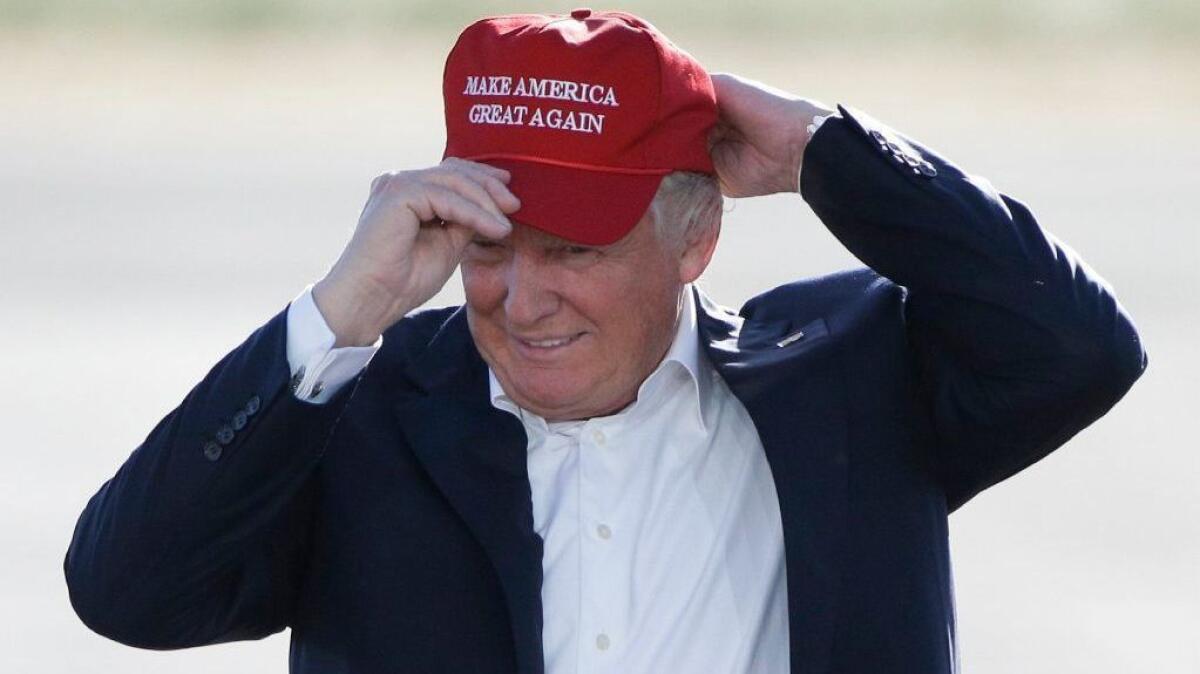
The mainstream fashion industry, of course, pretends to stay neutral. But as we’ve seen recently brands are clamoring to dress him and his family. Brioni still tailors his suits. Dior dresses his wife and daughter. The industry loves to perform progressivism, but when it comes to actual power, it’s never been interested in taking a long term stand.
Every time fashion’s political ties are pointed out, the response is the same: “Fashion isn’t political.” But it always has been. As the world slides back toward authoritarianism, fashion is once again complicit. We condemn its past alliances with oppressive regimes, yet the present echoes the same patterns.
By aligning with figures like Musk and Trump, fashion isn’t just overlooking the issue, it’s making an active decision to side with power built on exploitation and division for their bottom line and if we don’t call it out now, we’ll end up wearing the chains it’s silently designing.
